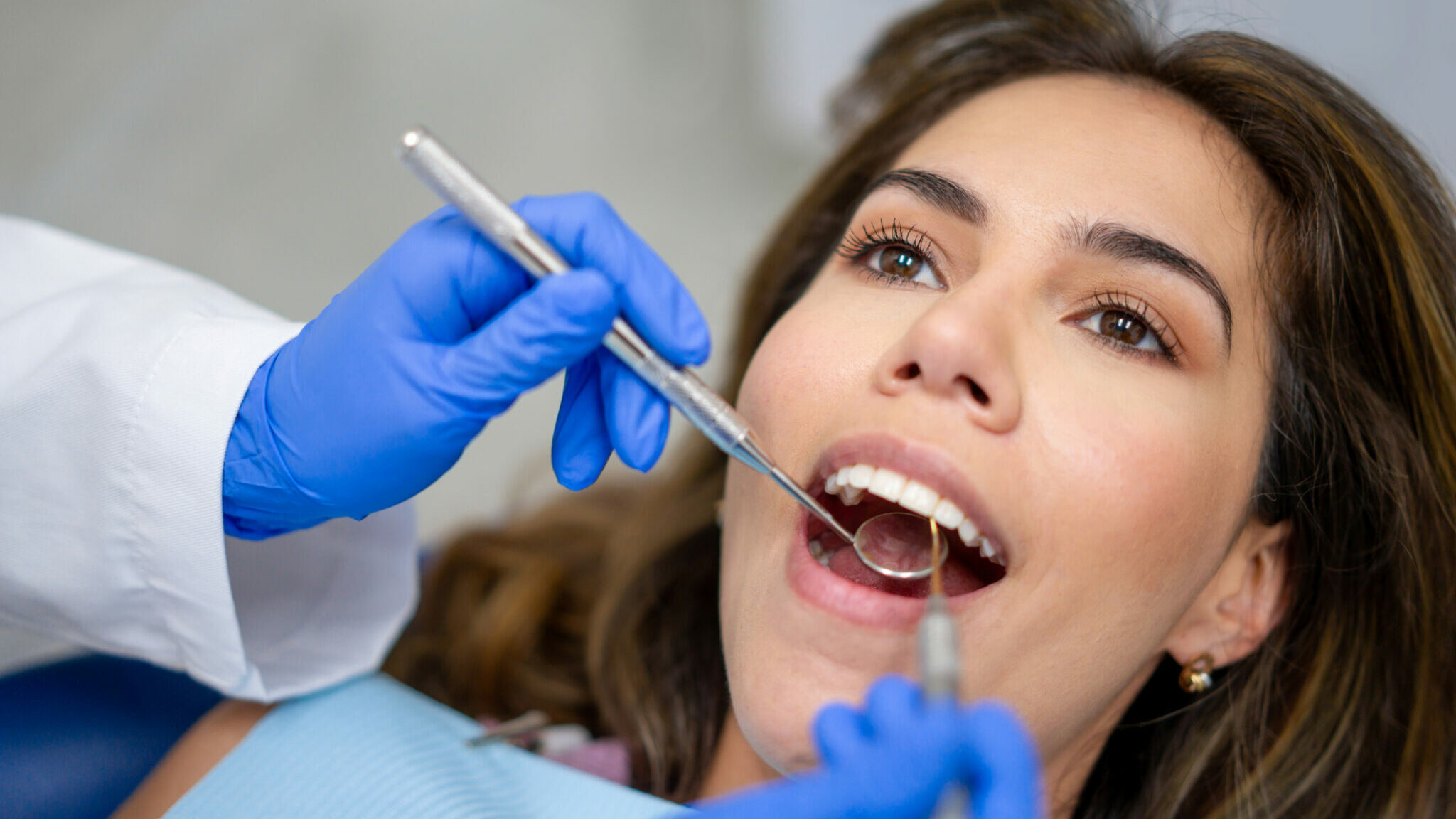
September 12, 2022
by Gabriele Maycher, CEO, GEM Dental Experts Inc. BSc, PID, dip DH, RDH
- Q: What is the difference between recurrent periodontitis and refractory periodontitis?
A: In previous classification systems, recurrent periodontitis and refractory periodontitis were thought to be distinct disease entities that were separated from periodontitis. However, current evidence has never been able to substantiate that, so recurrent periodontitis and refractory periodontitis are excluded from the 2018 AAP Periodontal Classification. Nevertheless, it is important for dental providers to understand that there are numerous and complex contributing factors that can prevent the successful management of the disease in the long-term. In such cases, two forms of periodontitis may arise: a recurrent or a refractory form.1
Recurrent periodontitis
This is defined as a return of active periodontitis that has been successfully treated (i.e., >4mm pocket depths [PD] and/or bleeding on probing [BOP] on >4mm PD). A successfully treated periodontitis patient would be after a period of at least a year of stability or remission. Any shorter time interval would indicate that the state of health, which is <4mm PD, <10% BOP and no bleeding on 4mm PD, was not achieved through treatment.
With recurrent disease, the patient and the hygienist must refocus attention in arresting the disease, which may mean starting nonsurgical periodontal therapy again, establishing patient adherence to meticulous self-care, and more frequent recare intervals.
When documenting a recurrent form of periodontitis, it should reflect the Stage and Grade plus the fact that it is recurrent, for example: Generalized Periodontitis, Stage II (22% RBL), Grade B (<2mm bone loss over 5 years), recurrent.
Refractory periodontitis
This is defined as periodontitis in a patient who has been treated and who still exhibits continued attachment loss despite the following conditions:
- The patient has received continuous nonsurgical periodontal therapy (endpoint has been achieved) with the addition of adjunctive therapy, such as host modulation therapy, chemotherapeutic agents, and so on.
- The patient practises satisfactory self-care.
- They follow the recommended recare interval protocol.
The etiology of the refractory form of periodontitis remains unknown but may be due to a complexity of unknown factors, such as the emergence of opportunistic pathogens or compromised host response to the bacterial attack1.
The designation “refractory” is applied to cases of periodontitis that do not respond favorably to conventional treatment.
When documenting a refractory form of periodontitis, it should reflect the Stage and Grade plus the fact that it is refractory: Generalized Periodontitis, Stage II (22% RBL), Grade B (<2mm bone loss over 5 years), refractory.
References:
- Foundations of Periodontics, 5th Edition, pg. 130. Jill S. Gehrig, Daniel E. Shin, Donald e. Willmann.





Leave a Reply
You must be logged in to post a comment.